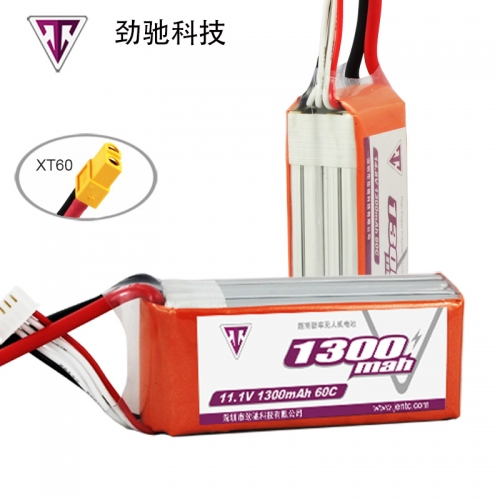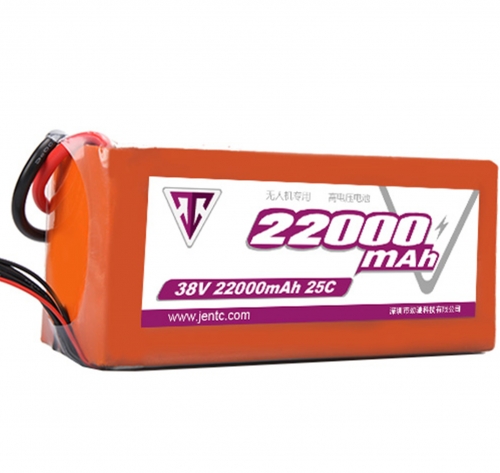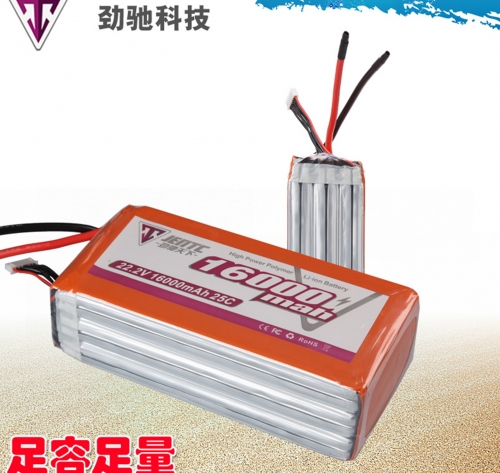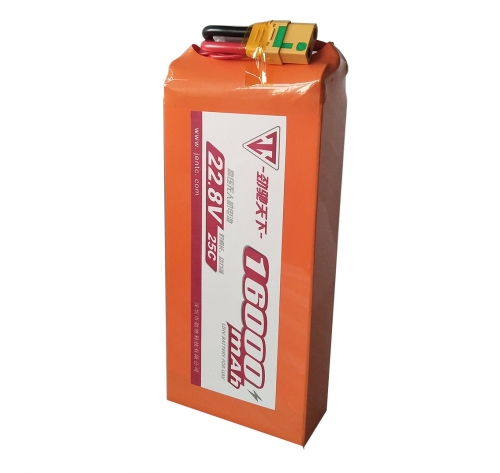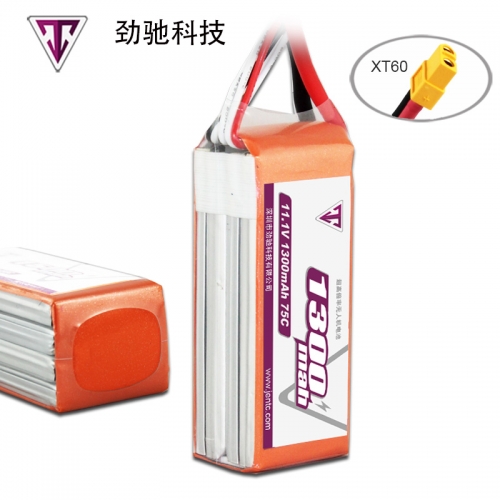In the 1970s, M.S.Whittingham of Exxon used titanium sulfide as the positive electrode material and metallic lithium as the negative electrode material to make lithium batteries.
In 1980, J. Goodenough discovered that lithium cobalt oxide can be used as a positive electrode material for lithium-ion batteries.
In 1982, R.R.Agarwal and J.R.Selman of the Illinois Institute of Technology discovered that lithium ions have the property of being embedded in graphite, and this process is fast and reversible. At the same time, the hidden dangers of lithium batteries made of metallic lithium have attracted much attention, so people have tried to use the properties of lithium ions embedded in graphite to make rechargeable batteries. The usable lithium-ion graphite electrode was successfully trial-produced by Bell Labs.
In 1983, M.Thackeray, J.Goodenough and others found that manganese spinel is an excellent positive electrode material with low price, stability and excellent electrical and lithium conductivity. Its decomposition temperature is high, and its oxidizability is much lower than that of lithium cobalt oxide. Even if short circuit or overcharge occurs, it can avoid the danger of combustion and explosion.
In 1989, A.Manthiram and J.Goodenough found that the positive electrode using polymerized anions will produce higher voltage.
In 1991, Sony released commercial lithium-ion batteries. Subsequently, lithium-ion batteries revolutionized the appearance of consumer electronics.
In 1996, Padhi and Goodenough discovered that phosphates with olivine structures, such as lithium iron phosphate (LiFePO4), are superior to traditional positive electrode materials, and have therefore become the current mainstream positive electrode material.
With the widespread use of digital products such as mobile phones and laptops, lithium-ion batteries are widely used in these products with excellent performance, and are gradually developing into other product application fields.
In 1998, Tianjin Power Supply Research Institute began commercial production of lithium-ion batteries.
On July 15, 2018, it was learned from Keda Coal Chemistry Research Institute that a special carbon negative electrode material for high-capacity and high-density lithium batteries with pure carbon as the main component was launched in the institute. This lithium battery made of new materials can achieve a car range of more than 600 kilometers.
Jinchi Technology is a provider of power solutions. Since its establishment in 2011, the company has been focusing on high-rate lithium battery customization. The production plant has more than 800 employees, more than 100 R&D engineers, and more than 60 engineers have more than 5 years of experience in lithium battery development; the factory has a production area of more than 24,000 square meters, with various automated lithium battery production equipment, and a monthly production capacity of 150AH.
The company's main products include: plant protection drone batteries, aerial survey drone batteries, logistics drone batteries, model batteries and customized lithium batteries.
In order to meet the needs of the rapid development of drones, the company launched high-voltage drone batteries (with a rated voltage of 3.8V) in 2014. Compared with ordinary 3.7V or 3.6V ordinary lithium batteries, high-voltage drone batteries have a high platform advantage that other batteries cannot match. In addition, the power is also stronger, which will greatly improve the combined performance of drones. This type of high-voltage battery is widely used in drones such as plant protection, surveying and mapping, logistics, wiring, aerial photography, etc.





